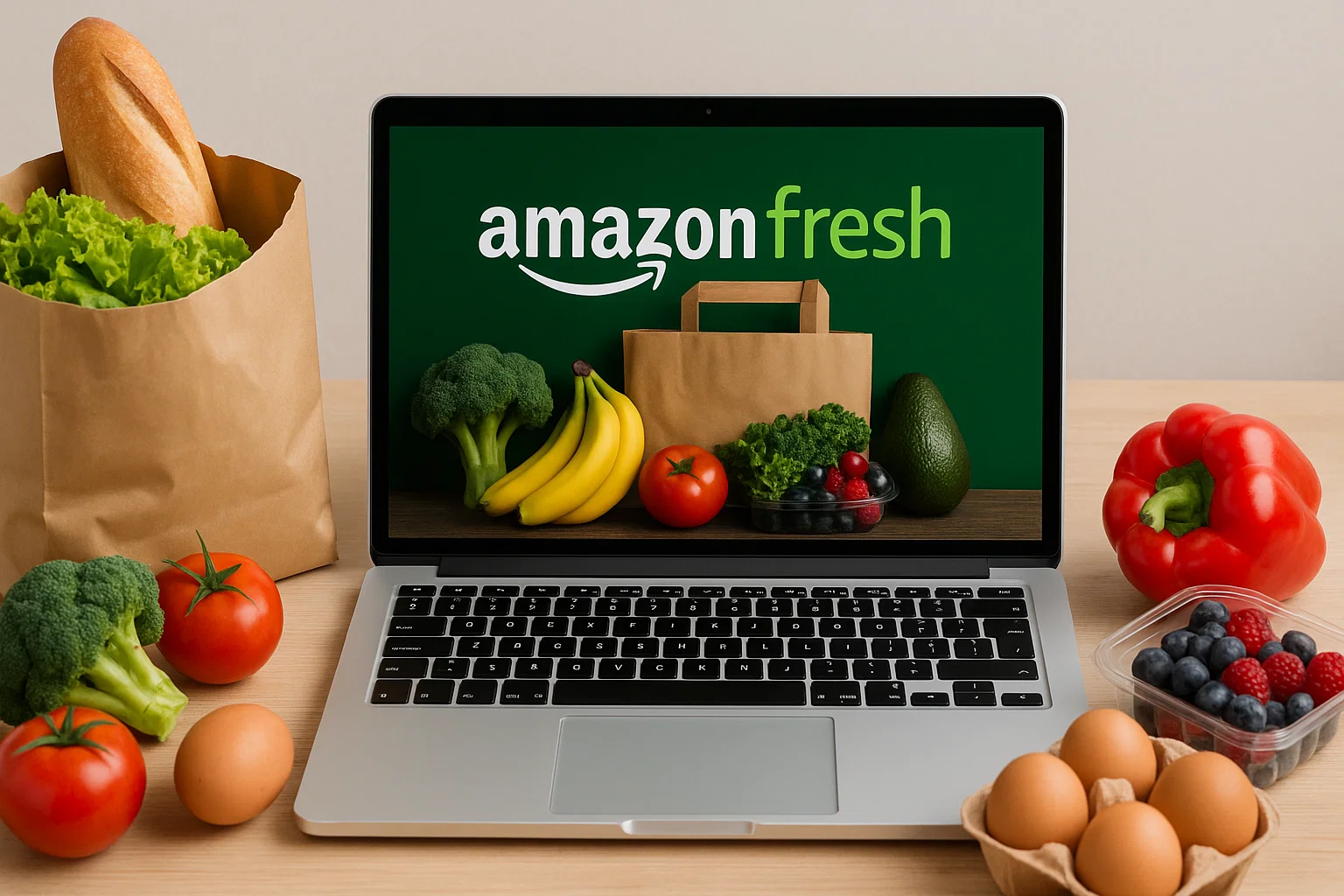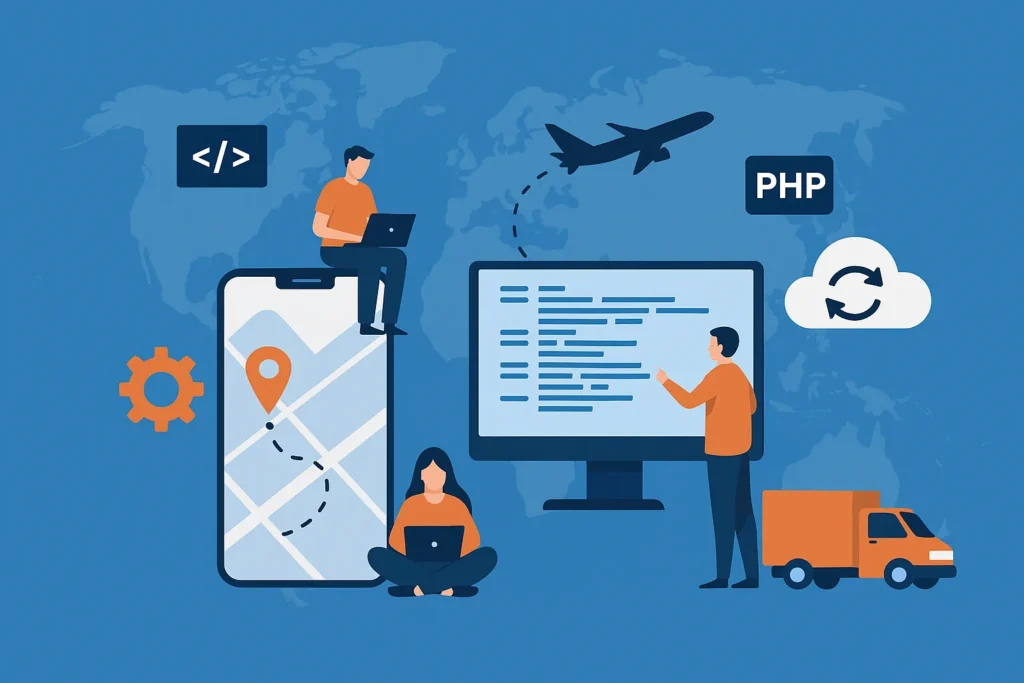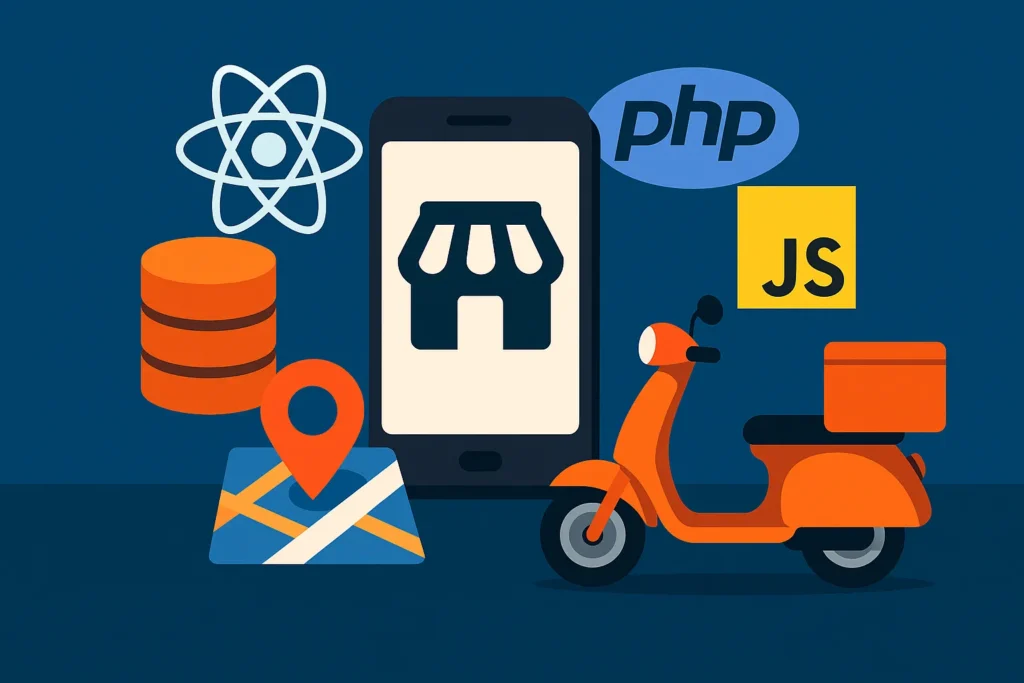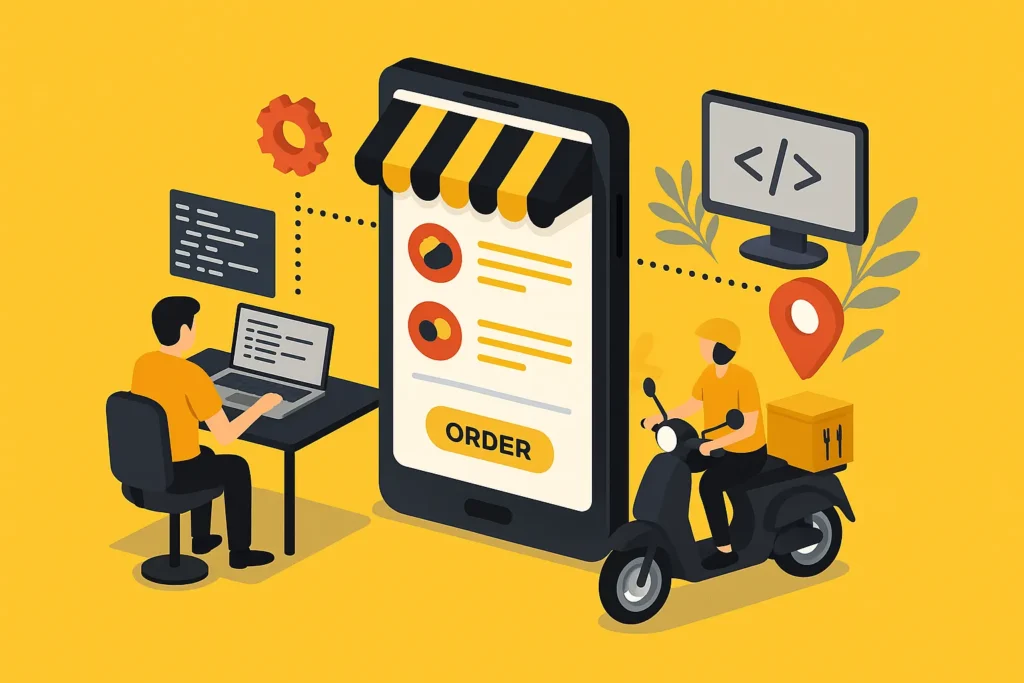Let’s be honest — nobody dreams of spending their Sunday pushing a squeaky cart through crowded supermarket aisles, dodging toddlers, and playing hide-and-seek with the peanut butter. In 2025, convenience is king, and grocery delivery apps like AmazonFresh are leading the charge.
Whether you’re a solo founder, a startup team with big dreams, or a local business looking to go digital, launching an AmazonFresh-like platform might just be the smartest move you make this year. It’s not just about selling fruits and veggies — it’s about tapping into the billion-dollar shift in how we shop, eat, and live.
Enter the AmazonFresh app — a ready-made, customizable solution for building your own grocery delivery empire. At Miracuves, we help entrepreneurs like you bring these ideas to life, fast and flawlessly.
What is an AmazonFresh App?
An AmazonFresh App is essentially a replica app solution that mimics the core features and functionality of the original AmazonFresh platform — but it’s built for you, your market, and your brand.
It’s designed to handle everything from product listings, user orders, and real-time inventory to doorstep delivery and payment processing. The beauty? You don’t have to build it from scratch. It’s like getting a Tesla body with an engine you can tweak to race or cruise.
Key Components of an AmazonFresh App:
- Customer App (for placing orders)
- Delivery Partner App (for real-time dispatch)
- Store Manager Dashboard (for inventory control)
- Admin Panel (for total oversight)
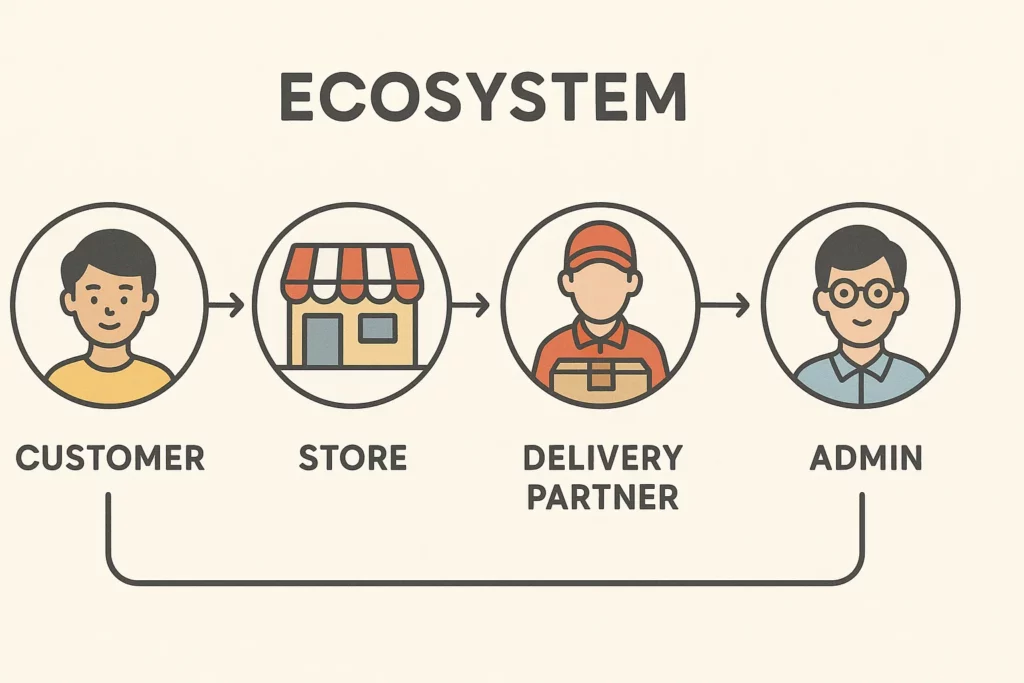
Learn More :-How to Build a Food Delivery Platform Like Amazon Fresh: From Design to Launch
Core Features That Make It Tick
1. Smart Search & Product Catalog
Let users browse thousands of items — from avocados to air fresheners — with search filters, personalized suggestions, and voice-based input (yes, voice search is hot 🔥).
2. Real-Time Inventory Sync
Sync product availability live from your backend or partner stores so users don’t end up adding “out of stock” items to cart. Amazon didn’t become a giant with broken promises.
3. Delivery Scheduling & ETA
Let users pick a time slot, track their delivery rider, and receive push notifications when the doorbell’s about to ring. Think Uber Eats — but for your fridge.
4. Multiple Payment Options
Cash, credit, crypto? Give users flexibility. Include wallet recharge, promo codes, and saved payment methods for frictionless checkout.
5. Ratings, Reviews & Reordering
Build user trust and retention with review options and one-click reordering for those “every Monday” grocery hauls.
How Does an AmazonFresh Clone Work?
Step 1 – User Browses & Orders
They open the app, scroll through items, add stuff to cart (hopefully some kale), and place the order.
Step 2 – Store Receives Order
The nearest participating store or warehouse gets pinged. Staff begins prepping.
Step 3 – Delivery Partner Picks It Up
A delivery partner (gig-based or in-house) accepts the task and zooms over to pick up and deliver.
Step 4 – Customer Gets It Delivered
Delivery is tracked in real-time. Groceries arrive. Customer smiles. You get paid.

Why Build an AmazonFresh Clone Now?
Grocery delivery is no longer a luxury — it’s a lifestyle. According to Statista, the global online grocery market is projected to exceed $800 billion by 2028.
Startups like Instacart, BigBasket, and Walmart Grocery have ridden this wave. But there’s still massive room for regional, niche, or eco-conscious grocery delivery services to take off.
Advantages of Launching Your Own Clone
1. Speed to Market
You skip the 12-month dev cycle and launch in weeks.
2. Cost-Effective
No need to reinvent the shopping cart. Clone apps save 60–70% on development.
3. Scalable & Customizable
Add features like subscription boxes, local farmer tie-ups, or voice-activated orders later.
4. Monetization Ready
From delivery fees and premium plans to ad banners and brand tie-ups — you’re sitting on a revenue rocket.
Also Read :-Best AmazonFresh Clone Scripts in 2025: Features & Pricing Compared
Custom App vs. Clone App – Time & Cost Comparison
| Factor | Custom Grocery App | AmazonFresh Clone App |
|---|---|---|
| Time to Launch | 6–12 months | 2–4 weeks |
| Development Cost | $50,000–$200,000+ | $5,000–$25,000 |
| Team Size Needed | Full-stack devs, UI/UX, QA, PMs | Small agile team |
| Tech Complexity | From scratch | Pre-built modules |
| Customization | Fully tailored | High (via modules) |
| Maintenance Effort | High | Moderate |
Miracuves Makes It Happen
We’re not here to drop a code bundle in your inbox and disappear. At Miracuves, we build smart, scalable AmazonFresh clone apps tailored to your goals. Whether you’re targeting moms in Mumbai, millennials in Manhattan, or the next eco-food movement — we’ll help you launch like a pro.
Read More :-Reasons startup choose our amazonfresh clone over custom development
Conclusion
Launching an AmazonFresh clone app isn’t just smart — it’s strategic. As grocery shopping shifts from physical to digital, now’s your shot to own a piece of the pantry.
So whether you want to conquer a city or cater to a niche, your fresh idea deserves a fresh launch.
At Miracuves, we help innovators launch high-performance app clones that are fast, scalable, and monetization-ready. Ready to turn your idea into reality? Let’s build together.
FAQs
Can I launch an AmazonFresh clone in a single city?
Absolutely. Many startups begin hyperlocal and scale regionally. Our tech supports geo-based expansion.
How much does it cost to build an AmazonFresh clone app?
Costs vary by features, platforms, and customization. But it’s far more affordable than building from scratch.
Can I integrate local grocery stores into my platform?
Yes! You can allow multiple stores to sign up, upload inventories, and fulfill orders under your brand.
What makes a clone app different from a replica?
A clone mimics core functions but is fully customizable. It’s a foundation, not a copy-paste job.
Can I offer subscription-based grocery boxes?
Totally. Many clone platforms now support weekly, monthly, or custom subscription models.
What if I want to add unique features later?
No problem. Miracuves builds with scalability in mind. Add features like loyalty points, voice search, or AI recommendations anytime.



